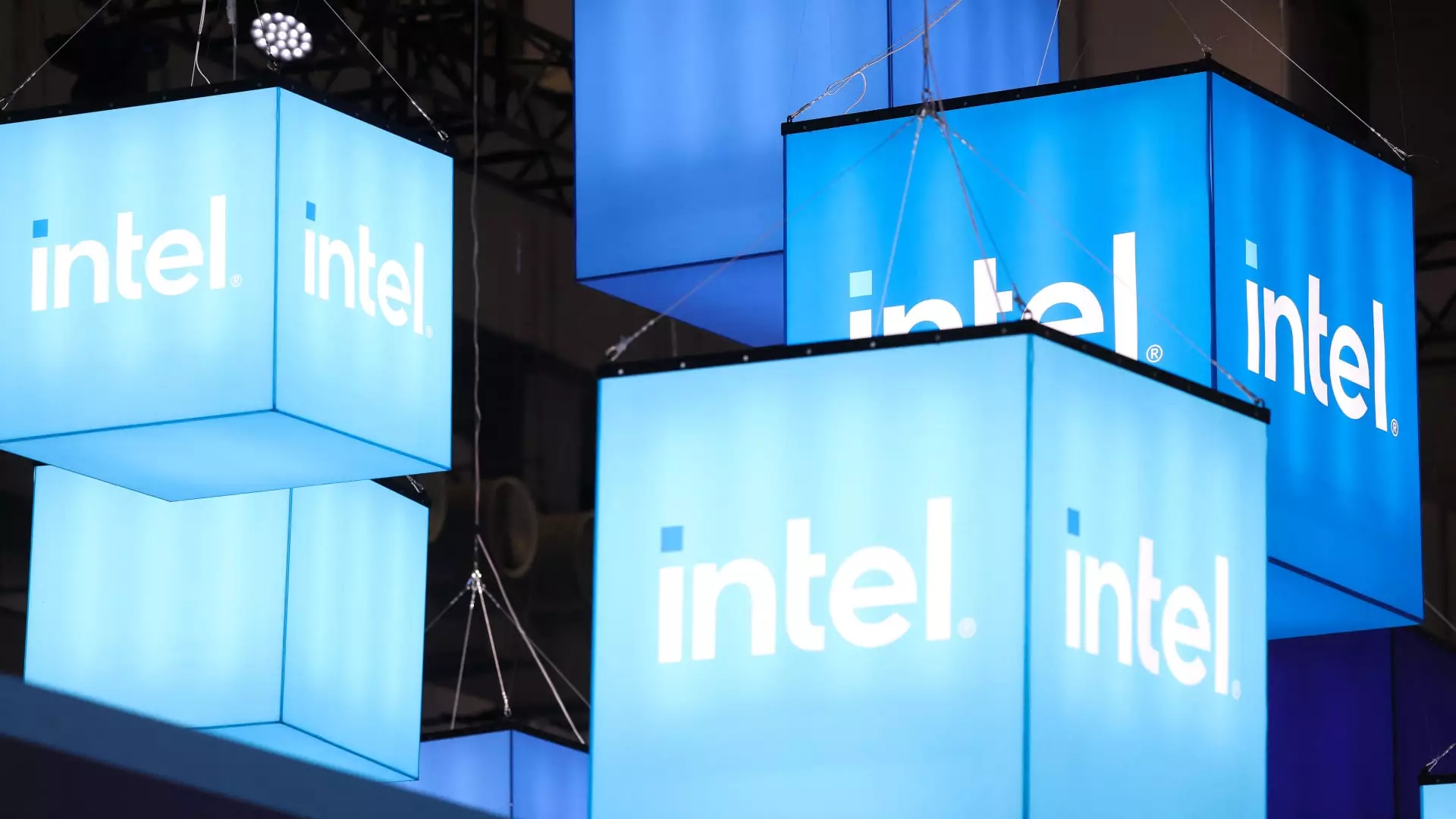The semiconductor industry is witnessing a seismic shift, with key players eyeing potential restructuring scenarios involving Intel Corporation. Recent reports suggest that Taiwan Semiconductor Manufacturing Co. (TSMC) and Broadcom are contemplating strategies that could lead to a split of Intel’s operations, aiming to either acquire its design and marketing business or take control of its manufacturing assets. The discussions appear to be driven by a mix of strategic interests and the necessity for technological alignment in a fiercely competitive market.
Broadcom’s Interests: A Shark in the Waters
Broadcom has been meticulous in its examination of Intel’s chip design and marketing capabilities. Insiders suggest that the company has engaged in discussions about a potential acquisition, but with a strategic caveat—it would prefer to have a partner to handle Intel’s manufacturing sector. The evident hesitation speaks volumes about the challenges associated with absorbing a giant like Intel, which is enmeshed in complex operations and a vast legacy of intellectual property. Broadcom’s careful approach highlights an awareness of both the potential risks and the enormous benefits that could come from a well-executed acquisition.
This careful navigation is indicative of a broader trend in the industry, where consolidation and synergy are becoming vital as companies strive to maintain competitive edge amidst rapid technological changes. The need for proper alignment between design and manufacturing capabilities is pivotal, particularly as the demand for advanced chips grows.
On the other side of the semiconductor cold war, TSMC—the largest contract manufacturer in the world—has been evaluating the feasibility of acquiring a majority stake in Intel’s manufacturing facilities. Such a move could position TSMC more strongly against its rivals by enhancing its production capacity and technological prowess. TSMC’s interest is not surprising; given its commanding market valuation, it can afford to expand its portfolio significantly beyond its current partnerships with clients like Nvidia and AMD.
However, it is important to note that these discussions are still preliminary. Although TSMC is exploring options, including potential collaborations with investors, any definitive moves will depend on various factors, notably regulatory scrutiny and geopolitical considerations.
Adding another layer of complexity to these corporate maneuvers is the involvement of the U.S. government. Frank Yeary, Intel’s interim executive chairman, has been vocal about his aim to maximize shareholder value. Nevertheless, the Trump administration’s apparent reticence regarding foreign entities operating domestic chip production raises the stakes. Reports suggest that the White House is unlikely to endorse a foreign takeover of Intel’s factories due to national security concerns, especially amidst escalating tensions surrounding semiconductor supply chains.
This viewpoint aligns with broader legislative pushes under recent administrations aimed at re-establishing onshore production capabilities. The U.S. Commerce Department’s significant subsidization of Intel indicates a strategic commitment to support domestic manufacturing, suggesting that government interests may clash with corporate strategies.
Intel’s recent history has been riddled with missed opportunities and operational hurdles. The company, once synonymous with semiconductor innovation, is grappling with the fallout from strategic missteps. Former CEO Pat Gelsinger’s ambitious plans were met with stiff competition and challenges in execution, leading to substantial financial loss and erosion in market confidence.
As Intel pursues potential partnerships or restructuring, it must confront internal and external challenges head-on. Its stock has plummeted, reflecting investor anxieties about its long-term viability. The company has also undertaken drastic workforce reductions to cut costs, a move that underlines the critical juncture at which it finds itself.
The semiconductor arena is evolving rapidly, and Intel stands at a crossroads. Whether it fortifies its market position through alliances with companies like Broadcom or TSMC or continues to navigate this tumultuous landscape independently will determine not just its fate but also the contours of the broader semiconductor industry. As the stakes rise, stakeholders will be closely monitoring Intel’s next moves in this high-stakes competition for survival and dominance.


Leave a Reply